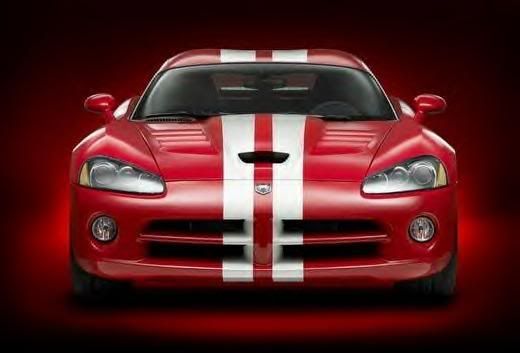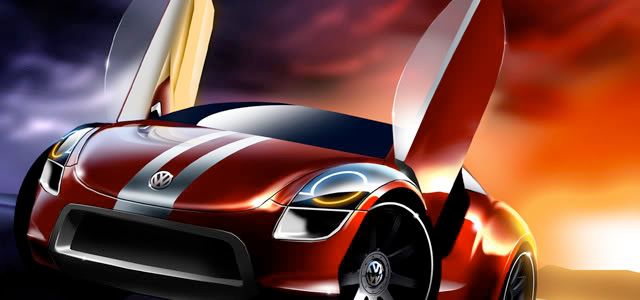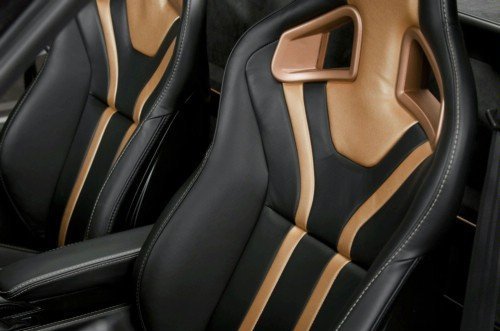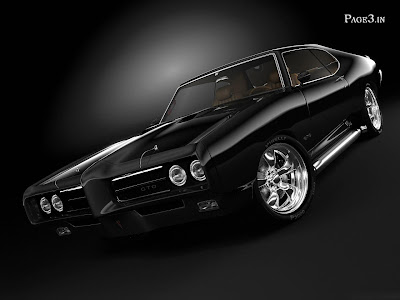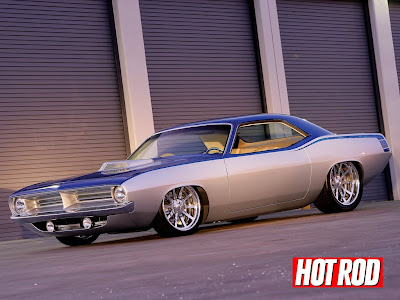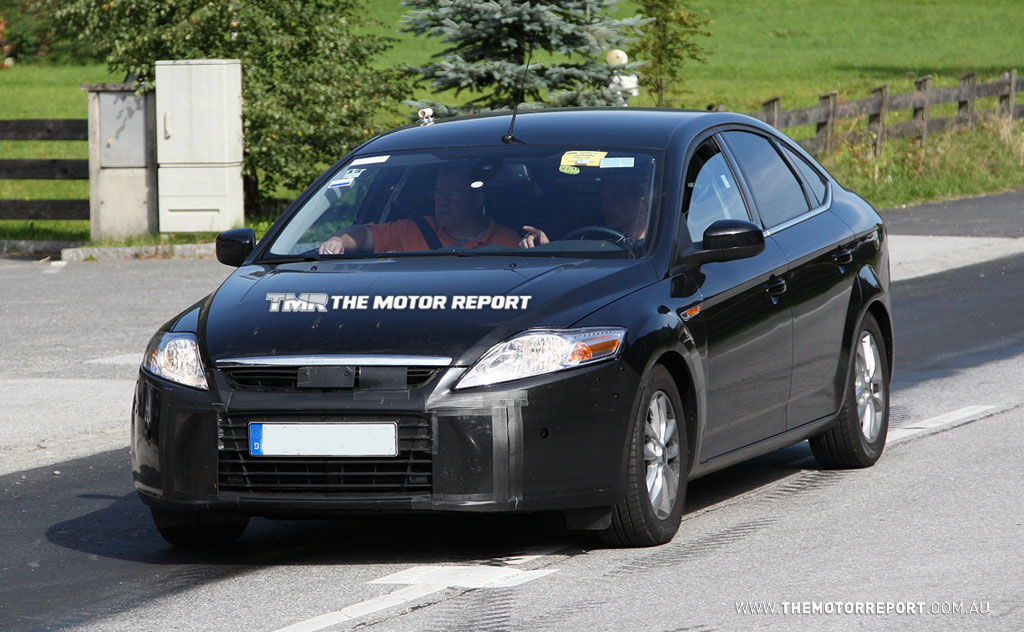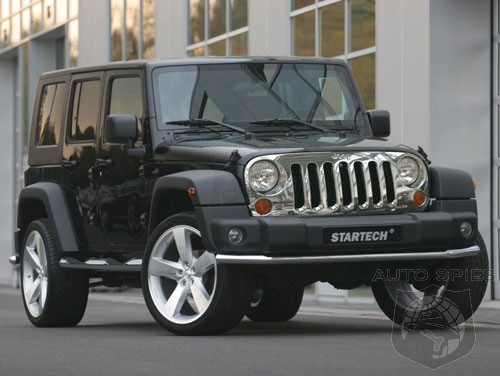
Sunday, August 29, 2010
Hot Car Volkswagen Walpaper
2011 Lotus Evora S interior images
2011 Lotus Evora S cars pictures
 2011 Lotus Evora S image
2011 Lotus Evora S image 2011 Lotus Evora S back angle
2011 Lotus Evora S back angle 2011 Lotus Evora S top pic
2011 Lotus Evora S top pic 2011 Lotus Evora S car
2011 Lotus Evora S car 2011 Lotus Evora S front pose
2011 Lotus Evora S front poseSo apart from the obvious power difference, how is the Lotus Evora S different to the standard Evora? It's another question we put to the CEO (given that he's spent a little time behind the wheel, we thought he'd be best placed to answer questions). This is what he said: "It's the next level of Evora experience. It communicates with you better, the suspension setting has been fine tuned for added power and control so it responds even more to direction. It's an instinctual car, the experience is pure."
"We were proud of the Evora but we're even prouder of the Lotus Evora S, I feel like it does the true Lotus experience justice. The really great thing is that as we move forward the standard Evora should also benefit from some of these developments."
The Lotus Evora S comes with a sport pack as standard featuring a 'sport' button which allows the driver to control throttle response and activate the exhaust by-pass valve. The sport button also raises the instantaneous rev limit and changes the dynamic stability control settings resulting in a total experience change. There are cross-drilled brakes for improved cooling. And here's a heads up for those who buy into the old adage 'you can tell the men from the boys by the size of their toys': the external emotion of the Lotus Evora S has been improved with a completely new active exhaust which means that at the push of a button the car sounds just as dramatic as it feels.
Commenting on the Lotus Evora S, Lotus Chief Commercial Officer Andreas Prillmann said: "The Evora S is a natural progression for us but more than that, it's a taste of what people can come to expect from the next generation of Lotus cars. It retains core Lotus values such as performance through lightweight but it also gives more than that. It's the perfect combination of top performance, style and comfort. Form doesn't sacrifice function in the case of the Lotus Evora S."
So there you have it folks, the next generation of Lotus Evora, the Evora S, set to be unveiled at the 2010 Paris Motor Show.
Lotus Evora S Technical Specification
* Engine: Mid mounted, transverse 3.5 litre DOHC V6 VVT-I
* Transmission: 6 speed manual
* Chassis: Modular lightweight bonded aluminium structure
* Steering: Lotus tuned hydraulically-assisted power steering
* Suspension
o Forged aluminium double wishbone suspension
o Bilstein high performance gas dampers
o Eibach coaxial coil springs
* Fuel consumption (Standard wheel option)
o urban: 14.5 l/100km
o extra urban: 7.4 l/100km
o combined: 10.0l/100km
o CO2 Emissions: 235 g/km
* Fuel consumption (19/20" wheel option)
o urban: 14.6 I/100km
o extra urban: 7.6 I/100km
o combined: 10.2 I/100km
o CO2 Emissions: 239 g/km
* Max power: 350 PS / 257.5 kW @ 7000 rpm
* Max torque: 400 Nm / 295 lb ft @ 4500 rpm
* 0-60 mph: 4.6s
* 0-100 km/h: 4.8s
* Maximum speed: 172mph
* Vehicle mass (unladen): 1437kg
Friday, August 27, 2010
Thursday, August 26, 2010
2011 Ford Mondeo Wagon pictures
2011 Ford Mondeo exclusive car pictures
While we’re hoping that Autobild’s claims for a sportier version of the Mondeo Sedan in 2012 are based on actual facts, we’re crossing our fingers and praying to God that Ford’s anti-VW Passat CC proposal will have very little in common in terms of design with this artist’s rendering. The front-end of the car looks like a swollen fish that came out of an appointment with a bad dentist. Utterly ugly.
Tuesday, August 24, 2010
Awesome Ford Mustang Wallpaper
Sunday, August 22, 2010
Toyota Car >> The Toyota FT-HS Super Hybrid?

So if Concept Cars Toyota FT-HS is Toyota Supra 2008
we've been waiting for, when it was on the streets? According to Autoblog.com, a site to an article in the June 2007 edition of Automobile magazine, we can expect to see the Toyota FT-HS Concept Car at our local showroom with 2009.
TOYOTA CAR WALLPAPER >> Toyota Supra Twin-Turbo, Modify Magazine
Labels:
fast car,
Modify Car,
sport car,
Toyota,
Toyota Supra Twin-Turbo
2010 ferrari italia cars wallpapers
Maranello, Italy -- Ferrari does it again. The 458 Italia raises the bar for mid-engine exotic sports cars to new heights.
I’ve just driven the 458 Italia, the latest in Ferrari’s lineup of mid-engine V-8 sports cars. These are the cars that, in the modern era, have cemented Ferrari’s status as maker of the most desirable sports cars in the world. The 458 succeeds the F430 Scuderia, which followed the 360 Modena, which came after the F355. Before that we had the 308/328/348 series, but it’s really the 360 Modena that, a decade ago, really put Ferrari back on the map.
Some Ferrari fans didn’t care much for the styling of either the 360 Modena or the F430 Scuderia. Even as they conceded that the cars drove brilliantly, they pined for the classically clean lines of the F355. For them, the 458 Italia’s debut at the 2009 Frankfurt Motor Show in September must have been a red-letter day, because this Pininfarina design is drop-dead gorgeous. Did you think it looked good on the show stand, or in the published photographs you have seen in print or on the Web? Wait until you see the car on the street. It will not just turn your head, it will make your head spin around like a top.
The 458 is wide, low, lean, lithe, and luscious. The rear view is the most compelling, with the car’s triple exhaust pipes, the visible diffusers and venturi ducts, the silver prancing horse above the license plate, and the simple but evocative round taillights at the far upper corners. Unlike the F430, with its excessively slashed body sides, the 458 has clean body sides and relatively modest ducting. The pinpoint bi-xenon headlights and the LED eyebrows that spring back from them are delicate in appearance yet delightful to the eye. It’s all quite yummy, and that’s even before you take a gander through the rear glass and behold the redheaded Ferrari V-8 on display.
Ah, yes, the Ferrari V-8. It’s the latest evolution of the F136-series V-8s that serve in the F430 and more recently in the California roadster. In the 458, the engine is known specifically as the F136FB, and it’s mated exclusively to a seven-speed dual-clutch automated gearbox. What?!? No six-speed manual? That’s right: virtually no one has been buying them from Ferrari and so the 458 is the first-ever Ferrari that does not offer a manual transmission. The dual-clutch gearbox is the same one offered in the California but here, of course, it’s geared much differently for a much sportier characteristic.
We doubt that you will much notice or care. The dual-clutch gearbox is incredibly fast, smooth, and responsive. There is none of the lurching and gasping that afflicted Ferrari’s F1 automated-manual gearboxes for so long. You can press the big “AUTO” button on the center console and let the electronics take care of everything for you: the gearbox will snap off shifts faster and with less fuss than it took me to type the word “fuss.”
The V-8 itself is a remarkable technological and performance achievement. Ferrari V-12s? Who needs ’em? Not with a V-8 that revs, longingly, to an incredible 9000 rpm. Check out the other stats: 562 horsepower and 399 lb-ft of torque out of 4.5 naturally aspirated liters; a 12.5:1 compression ratio; dry-sump lubrication; four scavenger pumps to collect oil via dedicated oil-recovery ducts; and surface treatments for friction parts like the piston skirts, camshafts, and tappets that would do a diamond-cutter proud. And did we mention the 9000-rpm redline?
Wait, there’s more technology: a sophisticated electronic differential. The first application of magnetic-fluid dampers in a V-8 Ferrari (supplied by Delphi, these first appeared in Cadillacs and Corvettes and debuted at Ferrari in 2006 in the 599GTB Fiorano GT). Standard carbon-ceramic brake pads. An all-aluminum spaceframe body structure, clad in a super-thin aluminum body shell that is both super-rigid and super-light: the roof, hood, and door skins are made of a new alloy that is a scant 1.0 mm thick. Electronically controlled pre-loading of the brakes which detect and analyze the speed with which you remove your foot from the accelerator pedal so as to position the brake calipers in high-alert mode. And an extremely sophisticated attention to aerodynamics that resulted in a car that still looks good rather than like a caricature: the flexible front winglets in the lower air dams, flanking the front prancing horse, deflect downward by as much as 20 mm at speeds starting at 125 mph for increased downforce. The small vents just inboard of the headlights suck in air that is ejected through the vents just ahead of the front wheels; this also creates downforce. The ducts at the C-pillars direct air to the engine itself, while the ducts ahead of the rear wheels are sucking air into the engine compartment. The very clean body sides are designed to direct air into the rear diffusers, which conceal two radiators: one to cool the clutch, on the left; and one to cool the gearbox, on the right.
I’ve just driven the 458 Italia, the latest in Ferrari’s lineup of mid-engine V-8 sports cars. These are the cars that, in the modern era, have cemented Ferrari’s status as maker of the most desirable sports cars in the world. The 458 succeeds the F430 Scuderia, which followed the 360 Modena, which came after the F355. Before that we had the 308/328/348 series, but it’s really the 360 Modena that, a decade ago, really put Ferrari back on the map.
Some Ferrari fans didn’t care much for the styling of either the 360 Modena or the F430 Scuderia. Even as they conceded that the cars drove brilliantly, they pined for the classically clean lines of the F355. For them, the 458 Italia’s debut at the 2009 Frankfurt Motor Show in September must have been a red-letter day, because this Pininfarina design is drop-dead gorgeous. Did you think it looked good on the show stand, or in the published photographs you have seen in print or on the Web? Wait until you see the car on the street. It will not just turn your head, it will make your head spin around like a top.
The 458 is wide, low, lean, lithe, and luscious. The rear view is the most compelling, with the car’s triple exhaust pipes, the visible diffusers and venturi ducts, the silver prancing horse above the license plate, and the simple but evocative round taillights at the far upper corners. Unlike the F430, with its excessively slashed body sides, the 458 has clean body sides and relatively modest ducting. The pinpoint bi-xenon headlights and the LED eyebrows that spring back from them are delicate in appearance yet delightful to the eye. It’s all quite yummy, and that’s even before you take a gander through the rear glass and behold the redheaded Ferrari V-8 on display.
Ah, yes, the Ferrari V-8. It’s the latest evolution of the F136-series V-8s that serve in the F430 and more recently in the California roadster. In the 458, the engine is known specifically as the F136FB, and it’s mated exclusively to a seven-speed dual-clutch automated gearbox. What?!? No six-speed manual? That’s right: virtually no one has been buying them from Ferrari and so the 458 is the first-ever Ferrari that does not offer a manual transmission. The dual-clutch gearbox is the same one offered in the California but here, of course, it’s geared much differently for a much sportier characteristic.
We doubt that you will much notice or care. The dual-clutch gearbox is incredibly fast, smooth, and responsive. There is none of the lurching and gasping that afflicted Ferrari’s F1 automated-manual gearboxes for so long. You can press the big “AUTO” button on the center console and let the electronics take care of everything for you: the gearbox will snap off shifts faster and with less fuss than it took me to type the word “fuss.”
The V-8 itself is a remarkable technological and performance achievement. Ferrari V-12s? Who needs ’em? Not with a V-8 that revs, longingly, to an incredible 9000 rpm. Check out the other stats: 562 horsepower and 399 lb-ft of torque out of 4.5 naturally aspirated liters; a 12.5:1 compression ratio; dry-sump lubrication; four scavenger pumps to collect oil via dedicated oil-recovery ducts; and surface treatments for friction parts like the piston skirts, camshafts, and tappets that would do a diamond-cutter proud. And did we mention the 9000-rpm redline?
Wait, there’s more technology: a sophisticated electronic differential. The first application of magnetic-fluid dampers in a V-8 Ferrari (supplied by Delphi, these first appeared in Cadillacs and Corvettes and debuted at Ferrari in 2006 in the 599GTB Fiorano GT). Standard carbon-ceramic brake pads. An all-aluminum spaceframe body structure, clad in a super-thin aluminum body shell that is both super-rigid and super-light: the roof, hood, and door skins are made of a new alloy that is a scant 1.0 mm thick. Electronically controlled pre-loading of the brakes which detect and analyze the speed with which you remove your foot from the accelerator pedal so as to position the brake calipers in high-alert mode. And an extremely sophisticated attention to aerodynamics that resulted in a car that still looks good rather than like a caricature: the flexible front winglets in the lower air dams, flanking the front prancing horse, deflect downward by as much as 20 mm at speeds starting at 125 mph for increased downforce. The small vents just inboard of the headlights suck in air that is ejected through the vents just ahead of the front wheels; this also creates downforce. The ducts at the C-pillars direct air to the engine itself, while the ducts ahead of the rear wheels are sucking air into the engine compartment. The very clean body sides are designed to direct air into the rear diffusers, which conceal two radiators: one to cool the clutch, on the left; and one to cool the gearbox, on the right.
2012 Ford Mustang Boss 302 Laguna Seca top cars
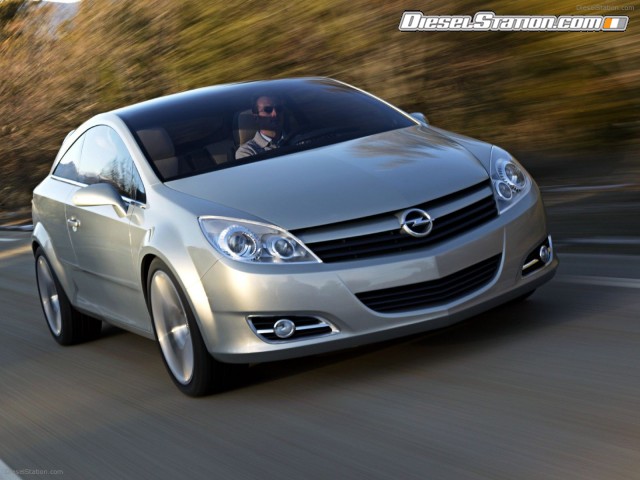 2012 Ford Mustang Boss 302 Laguna Seca image
2012 Ford Mustang Boss 302 Laguna Seca image 2012 Ford Mustang Boss 302 Laguna Seca
2012 Ford Mustang Boss 302 Laguna Seca 2012 Ford Mustang Boss 302 Laguna Seca sports car
2012 Ford Mustang Boss 302 Laguna Seca sports car 2012 Ford Mustang Boss 302 Laguna Seca latest
2012 Ford Mustang Boss 302 Laguna Seca latest 2012 Ford Mustang Boss 302 Laguna Seca fast car
2012 Ford Mustang Boss 302 Laguna Seca fast carFord Mustang Boss 302 Laguna Seca cars are powered by the same smooth, high-winding 440-hp 5.0-liter V8 as the standard Boss, since the engine was already tuned specifically for road racing. Instead, engineers turned their attention toward delivering power to the ground most efficiently, and getting the car around a track in the quickest possible time.
"When we built the Boss, we had to step back and ask ourselves 'How do we improve on this?'" said David Pericak, Ford Mustang chief engineer. "That car is so strong we realized the Laguna Seca package was going to have to be just a fraction of a step back from the Ford Racing 302R to top it. So we went back and threw daily-driver practicality out the window, cut some things we couldn't cut on the volume model, like the back seat, and built it the way we would set up a production Boss for pure competition."
Ford Mustang Boss 302 Laguna Seca cars eliminate the rear seats, instead adding a cross-car X-brace that couples the structure between the rear wheels. The brace offers chassis stiffness improvements of as much as 10 percent and allows the suspension tuning - precisely calibrated by Mustang team members - to better do its job.
Standard Recaro front seats were designed by Ford SVT in cooperation with Recaro for high performance Mustang models, and are shared between the Boss and GT500. An Alcantara-covered race steering wheel provides a solid grip for hard cornering.
Engine power routes through a six-speed close-ratio manual gearbox to a standard 3.73-ratio Torsen limited-slip differential, helping the revised rear suspension deliver maximum torque and traction under the punishing conditions encountered on the track.
Higher spring rates and a larger rear stabilizer bar - all upgraded over Boss specifications - help generate unrelenting grip. And drivers can dial in exactly the level of shock stiffness a particular track requires using the four standard, independently adjustable dampers with Laguna Seca-specific valving.
The final touch for a proper race car was to add the proper wheels and tires: Ford Mustang Boss 302 Laguna Seca models use lightweight 19-inch alloy racing wheels in staggered widths: 9 inches in front, 10 inches in the rear. R-compound ultra-high-performance tires, 255/40ZR-19 in the front, 285/35ZR-19 in the rear, maintain contact with the pavement - a job that ended up being trickier than expected.
"The R-compound tires on the Laguna Seca are so sticky we had to really work on the rear suspension tuning to make sure drivers can get the most out of them," explains Pericak. "The rear stabilizer bar is the largest we've ever installed on a production Mustang - including any SVT product. The rear spring rate was also maximized to work with the massive rear tires and balance the car for minimal lap times."
While standard Ford Mustang Boss 302 cars get vented brake dust shields to help cool the rotors, Laguna Seca models receive Ford Racing front brake ducts that force outside air directly onto the 14-inch vented front rotors, helping to eliminate brake fade and ensure hard, repeatable late braking on the track. Combined, the braking changes help refine the sense for drivers of being directly connected to the pads - an essential edge during car-to-car combat on a road course.
Added up, the further improvements to Ford Mustang Boss 302 Laguna Seca result in the best-handling Mustang ever, with more than 1.03 g of lateral acceleration, stopping distances shortened by three feet from 60 mph over Boss, 0-60 acceleration improvements of one tenth of a second, and an overall expected lap time improvement of one to two seconds over the standard Boss on a typical road course.
Styling evokes racing, improves aerodynamics
As a race car should, Ford Mustang Boss 302 models with the Laguna Seca package look like nothing else on the road. A bright red C-stripe offsets either Black or Ingot Silver paint, and is complemented by a red roof panel. Red also sets off the front grille, mirror caps and rear pedestal spoiler, while Laguna Seca rear badging and unique two-tone red and silver wheels complete the transformation.
Adding both to appearance and aerodynamics, an aggressive front splitter for track use adds downforce at the front of the car, while helping channel air under and around the car. At the same time, air impacting the front end is funneled into the radiator and brake ducts, supporting cooling even under grueling race conditions.
"The Ford Mustang Boss 302 Laguna Seca front splitter is really a Ford Racing piece we've lightly adapted for our purposes," explains Pericak. "It's been tested and refined for the last six months on the Boss 302R to perform exactly as required on the track; we just made a few changes so it could be adapted to the production Boss - though owners will still want to avoid speed bumps and parking blocks."
At the back, a large rear spoiler is sized to exactly complement the effect provided by the front splitter and underbody aero treatments, with the combination adding as much as 90 pounds of downforce at 140 mph.
"Balance is the key on Boss, and even more so on Laguna Seca," said Pericak. "A winning race car has to do everything well, and we've had the ability to test all the engineering that went into Boss Laguna Seca on the Ford Racing 302R. It's not for everyone: It's stiffer, there's no back seat, and the aero package is designed for downforce, not speed bumps in the mall parking lot. But for hard-core Mustang racers who want something they can occasionally drive on the street, to shows or whatever, Ford Mustang Boss 302 Laguna Seca is the car they've been waiting for, and they're not going to be disappointed."
Thursday, August 19, 2010
2011 Jeep Wrangler pictures
Chrysler Group LLC released images of the new 2011 Jeep Wrangler and Jeep Wrangler Unlimited. Jeep continues to refine the successful Wrangler formula by combining its legendary, benchmark capability with an all-new interior that delivers rich styling with significantly upgraded touch surfaces, occupant comfort and versatility, and a premium appearance courtesy of an all-new body-color hard top for the popular Sahara model.
"The iconic Jeep Wrangler keeps getting better," said Mike Manley, President and CEO - Jeep Brand, Chrysler Group LLC. "While retaining unmatched, legendary capability, the 2011 Jeep Wrangler boasts an all-new interior that delivers a host of comfort, convenience and versatility features. In addition, Sahara models now feature a stunning, all-new body-color hard top, for customers looking for a Jeep Wrangler with a more premium appearance."
New 2011 Jeep Wrangler interior highlights include a redesigned instrument panel and new storage areas with improved ergonomics and upgraded materials. A new lockable console and upgraded door armrest areas boast comfortable touch points, while a redesigned center stack is easier to reach and operate. Heated, power mirrors are now available, and drivers and passengers will enjoy enhanced visibility courtesy of larger rear windows.
All-new steering-wheel controls allow the driver to operate the radio, cruise control, hands-free phone and other vehicle functions while keeping hands on the wheel. A new USB device interface connects to storage devices (thumb drives and most MP3 players) for use with the vehicle's Media Center, which now includes streaming Bluetooth audio. Twelve-volt accessory outlets have been added and a new 110-volt outlet is available to provide power similar to AC outlets in the home.
In line with traditional Jeep design, hex-head bolts are utilized throughout the interior, and are used to mount a "Jeep, Since 1941" inlay onto the new passenger grab handle.
Jeep engineers increased acoustical treatment in the 2011 Wrangler and Wrangler Unlimited, resulting in significantly reduced interior noise.
To provide a more premium appearance, the 2011 Jeep Wrangler and Jeep Wrangler Unlimited Sahara models boast an all-new, premium, body-color hard top.
Several new Jeep Wrangler colors are available for 2011, including Detonator Yellow, Deep Cherry Red, Sahara Tan, Cosmos Blue and Bright White.
"The iconic Jeep Wrangler keeps getting better," said Mike Manley, President and CEO - Jeep Brand, Chrysler Group LLC. "While retaining unmatched, legendary capability, the 2011 Jeep Wrangler boasts an all-new interior that delivers a host of comfort, convenience and versatility features. In addition, Sahara models now feature a stunning, all-new body-color hard top, for customers looking for a Jeep Wrangler with a more premium appearance."
New 2011 Jeep Wrangler interior highlights include a redesigned instrument panel and new storage areas with improved ergonomics and upgraded materials. A new lockable console and upgraded door armrest areas boast comfortable touch points, while a redesigned center stack is easier to reach and operate. Heated, power mirrors are now available, and drivers and passengers will enjoy enhanced visibility courtesy of larger rear windows.
All-new steering-wheel controls allow the driver to operate the radio, cruise control, hands-free phone and other vehicle functions while keeping hands on the wheel. A new USB device interface connects to storage devices (thumb drives and most MP3 players) for use with the vehicle's Media Center, which now includes streaming Bluetooth audio. Twelve-volt accessory outlets have been added and a new 110-volt outlet is available to provide power similar to AC outlets in the home.
In line with traditional Jeep design, hex-head bolts are utilized throughout the interior, and are used to mount a "Jeep, Since 1941" inlay onto the new passenger grab handle.
Jeep engineers increased acoustical treatment in the 2011 Wrangler and Wrangler Unlimited, resulting in significantly reduced interior noise.
To provide a more premium appearance, the 2011 Jeep Wrangler and Jeep Wrangler Unlimited Sahara models boast an all-new, premium, body-color hard top.
Several new Jeep Wrangler colors are available for 2011, including Detonator Yellow, Deep Cherry Red, Sahara Tan, Cosmos Blue and Bright White.
Subscribe to:
Posts (Atom)

